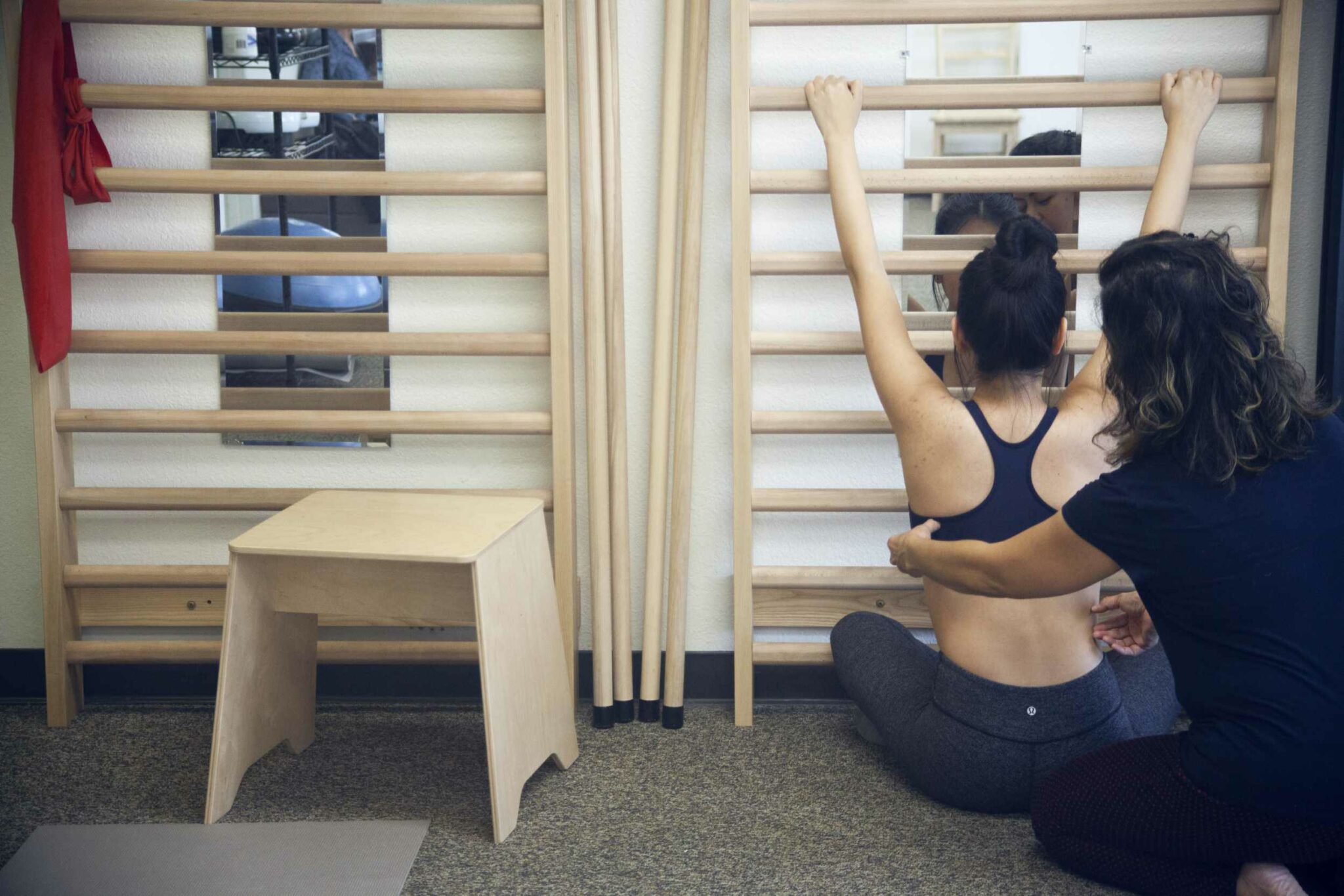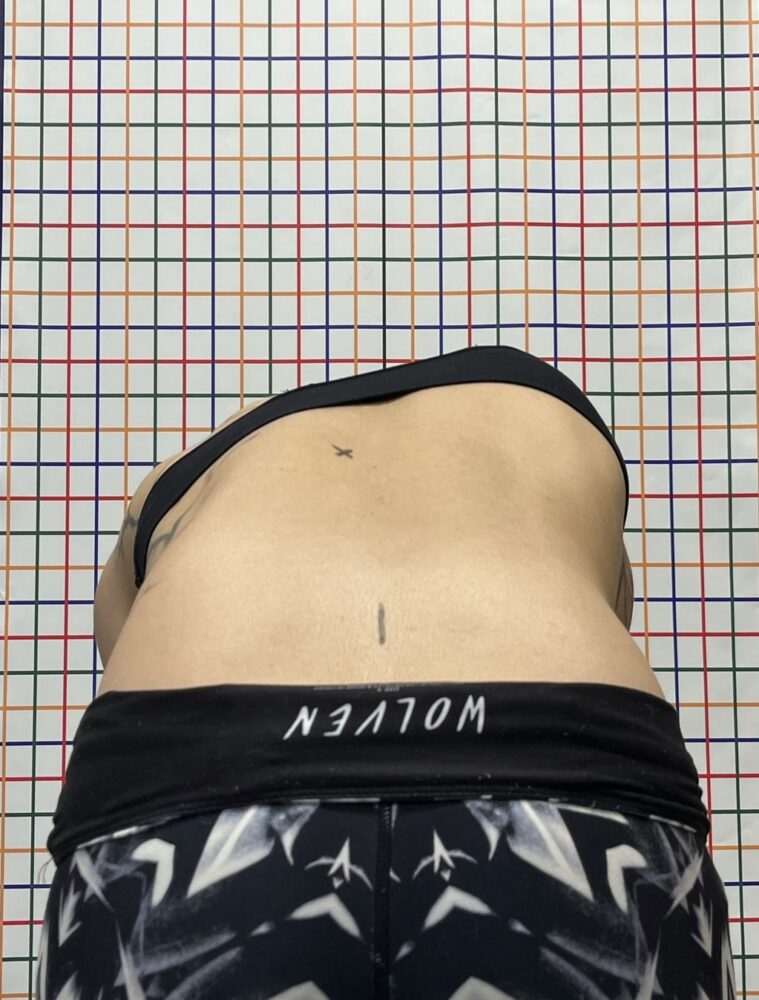Maintaining a healthy spine is crucial for overall well-being. One valuable tool for assessing spinal health is the Adams Forward Bend Test. This simple yet effective test can help identify potential issues such as scoliosis, a condition characterized by an abnormal curvature of the spine. In this blog, we’ll provide instructions for conducting the Adams Forward Bend Test and discuss its significance.
What is the Adams Forward Bend Test?
The Adams Forward Bend Test is a quick screening tool used by healthcare professionals, to detect possible spinal deformities. It involves observing the individual as they bend forward, which accentuates any irregularities in the curvature of the spine.
Instructions for the Adams Forward Bend Test:
1. Preparation: The person being tested should stand barefoot with their feet together. Ideally, they should be wearing minimal clothing to allow for a clear view of the spine.
2. Positioning: Instruct the individual to stand up straight, with their arms relaxed and hanging down by their sides.
3. Bending Forward: Ask the person to bend forward at the waist, keeping their knees straight. They should put their hands together then reach for their toes with their fingertips as they bend forward.
4. Observation: As the person bends forward, closely observe their back. Pay special attention to any noticeable curves or asymmetry in the spine. A healthcare professional often stands behind the individual to get a clear view of the spine.
5. Noting Findings: Take note of any abnormalities, such as humps, uneven shoulders, or prominent ribs on one side. You may use a scoliometer to measure the degree of rotation. Any significant findings should be documented for further evaluation.
6. Repeating: It may be necessary to repeat the test a few times to ensure accuracy, as the curvature of the spine may be more evident during different bends.
Significance of the Adams Forward Bend Test:
The Adams Forward Bend Test is a valuable tool for identifying scoliosis and other spinal deformities early. Detecting these issues in their initial stages allows for timely intervention, which can prevent worsening of the condition and associated complications. If any irregularities are noted during the test, further evaluation by a healthcare professional, such as an orthopedic specialist, is recommended to confirm the diagnosis and develop an appropriate treatment plan.
In conclusion, the Adams Forward Bend Test is a simple yet crucial assessment for spinal health. Regular screenings, especially in children and adolescents, can help catch spinal deformities like scoliosis early, ensuring better outcomes and improved quality of life for those affected. Always consult a healthcare professional for a thorough evaluation and guidance if any concerns arise during this test.

